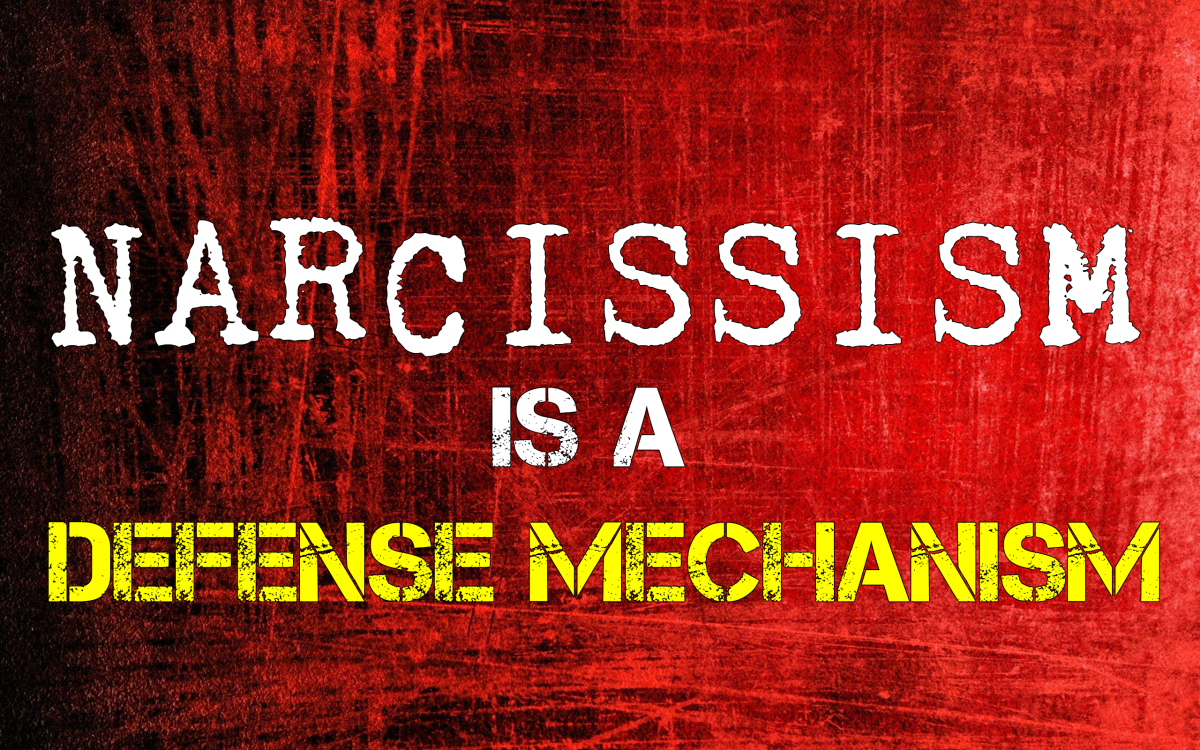Definition of Passive Aggressive Behavior
Passive Aggression and Being Afraid to Say No

Passive Aggression
Welcome to the first in a series of articles about the very in depth topic of passive aggressive behavior. There are many different personality traits that each of us exhibit and many different traits that we try understand in others. Passive aggression is one of those traits that is not readily spotted in the dealings we have with people. Yet it is a very powerful force that ruins relationships and leaves a trail of unhappiness and confusion with those who behave this way those who are targeted by them. In its simplest form passive aggression is manageable. In its most complex form, the person disguises their true intentions as it becomes destructive to all involved and in all aspects of their personal and professional dealings with people.
Defining Passive Aggressive Behavior
Passive-Aggression is a well known psychological term to describe people who do not openly express their negative feelings. Many children use passive aggressive techniques to avoid doing things that are required of them.
Feeling like they have little power or control, they try to get power by being quietly defiant. Most children outgrow this as they go through the years.There are times where we all may act out our feelings through passive aggressive means, but when it is pattern of behavior it is considered a personality disorder. Sometimes it can be hard to say no, and so we say yes, but don’t follow through.
Some people use passive aggression as a defense mechanism. A defense mechanism is a coping style and is used a psychological protection against having to deal with anxiety and stress.
Most individuals are not aware that they are using defense mechanisms to quell their internal emotional conflicts and evade psychological pain. There is a distinction between a coping mechanism, which is occasionally used and may even have positive connotations to being cooperative, and the person whose behavior is deeply embedded in the way they handle themselves all the time.
As a coping mechanism, passive aggression is a milder form of behavior that is used as an avoidance technique. In its more severe cases it can be part of a bigger psychological problem such as depression.
In its mild form, passive aggressive behavior can avoid confrontations that may be worse to deal with than the evasive tactics of avoidance. An occasional sarcastic joke may be a skillful way to release the hostility felt while cooperating, but not really wanting to.
The occasional passive aggressive act is usually a way to avoid confrontation. You say yes, and don’t carry out the promise because you really wanted to say no. Sometimes a person will do it, but not do it well, so they are not asked to do it again. This type of behavior is situation specific, ultimately manageable, and can be dealt with on a direct and consistent basis.
Learn More About Passive Aggressive Behavior
Anger and Passive Aggression
For some people, passive aggressive acts are more than situational. They are a part of their personality. We all feel angry and the need to express it is normal. When children grow up in a home where they were not allowed to express their anger, their anger still needs to be expressed, and so it comes out in indirect ways. They grow up believing that anger is bad and that the right thing to do is to hide their anger.
Passiveness and aggressiveness are polar opposites. Passive people are afraid to speak out for fear of repercussions. Aggressiveness is the expression of negative feelings without regard for their effect on others. Healthy expression of feelings is when a person says what they are feeling, what they need, what they desire and at the same time they show respect for the other person’s perspective.
Usually there is a disconnect between what someone with this personality disorder says and what they actually do. People who are passive aggressive often have an inability to deal with their anger in a healthy way. They repress their feelings and then do not even recognize their emotions, feeling of resentment, and are usually in denial about their behavior. They generally have little insight and feel like they are misunderstood.
A passive aggressive person purposely hides their underlying feelings of anger by such things as procrastinating, sulking, intentionally doing things incorrectly, forgetting and other evasive tactics. .
Another name for passive aggressive personality is negativistic personality disorder. People like this resist against themselves. These people are impulsive for immediate gratification and react negatively or are hypersensitive as a vestige feeling from instances that occurred in their childhood.
A colonel and army psychiatrist, William Menninger, from the United States War Dept. first termed this concept at the end of WWII to describe the difficult and immature behavior of some of the soldiers. The soldier intentionally would perform tasks they didn’t want to do, or do them slowly or poorly. The soldiers were not openly insubordinate, but looked for ways to get out of the responsibilities they resented doing. He noticed it was the soldier’s way of having some control over what they did and a way to avoid conflict. .He called this benign disobedience. His definition became accepted in all organizations where people do not have the freedom to openly express themselves.
In 1952, passive aggressive was first defined as a personality style. Then it was changed to “hidden hostility” style. In 1968 it was classified as a defense mechanism because it was claimed that many people use passive aggressive tactics. In 1980, it was categorized as a personality disorder that needed further study. In 1994, the term negativistic personality was added to the passive aggression definition. In May 2013, passive aggression will be separately listed as a personality disorder in the newest version of the Diagnostic Statistical Manual of Mental Disorders, published by the American Psychiatric Association and used by mental health professionals for the purpose of uniformly diagnosing and recognizing symptoms of mental illness.
Passive Aggressive Behavior and the Brain
Although it appears there are psychological causes for passive aggressiveness, it is not known if there also could be other environmental or genetic and biological contributing factors to the development of this behavior.
What science can tell, is that the prefrontal cortex part of the brain moderates the way we react in social situations. Should there be changes to this part of the brain, there may be changes in behavioral patterns.
Passive aggressive behavior exists in varying degrees, on a scale from normal to pathological, It has different effects when it is done for a single incident, or it is done because it is a consistent pattern and the only way a person can manage their dealings with others.
There are several reasons why people are passive aggressive.
- As a response to a particular circumstance.
- As part of normal childhood development.
- As part of a social cultural norm or ethnic group.
- As part of a way of being, which dominates their behavior.
When a person uses passive aggressive behavior to accomplish a specific desire, it is not usually problematic When a person behaves because of their passive-aggressive tendencies it can be pathological and unhealthy, affecting all aspects of their lives and the people who are part of it.
Reasons for Passive Aggressive Behavior
As a response to a particular circumstance, is probably the most common reason for passive aggressive behavior. It comes from a request, asking a person to do something. Not really wanting to say no, but not really wanting to do it, the person may use an indirect tactic of delaying, or not doing a good job, or forgetting, or to make believe they don’t understand, to deal with their ambivalent feelings about doing the task.
A parent asking a child to clean their room, or a spouse to fix something, or a boss to complete a report, may make a person react passive aggressively. These people don’t want to argue with authority, so in order to behave socially, they make themselves appear like they are conforming, while hiding their real intentions.
Passive aggressive behavior as part of normal childhood development is something that all children and teenagers do. Children have their feelings about requests and demands that are put upon them, but often can’t stand up to their parents. It may come out as stubbornness, irresponsibility, forgetfulness, laziness, or contrary behavior that annoys Moms and Dads.
As adolescents and teens, children have a greater desire for independence, and resent their parents supervision, even though they are still dependent on their parents for food, money, education, and their other needs. Some teens will be openly rebellious, some will act out passive aggressively. Acting out in passive aggressive ways, although displeasing to parents, is often a healthy and natural part of children growing up.
As long as passive aggressive tendencies are not tool the only tool they use, they will usually outgrow this behavior. As kids learn to express themselves in healthy ways by using humor, assertiveness, and diplomacy, and other healthy behaviors, passive aggression is a normal development phase and reaction towards authority figures. It is only problematic if it is habitual and predictable behavior.
Passive aggressive behavior may exhibit itself as part of a social cultural norm or ethnic group, when the accepted behavior is to conform to the demands of the group and disregard the individual’s own feelings. When people must maintain their anger and not question what is required of them, the result may a suppression of their anger. They appear polite, but may really have hostile feelings that will come out in passive aggressive ways.
When passive aggression is used as part of a way of being, which dominates their behavior, it becomes pathological. When it is their only way to behave, their only means of functioning,and an ingrained pattern of behavior, it is unhealthy for themselves, and unhealthy for the people that must deal with them.
Passive Aggressive People Seem Like the Nicest People in the World
Anger is an emotion that must come out, one way or another. Passive aggressive people are afraid to show their anger, yet they very much want to get back at those who ask them to do ordinary things they view as too demanding.
It is not easy to spot these people. They work very hard to look like one of the nicest people you would know. They don’t don’t want anyone to suspect them of being angry, so they hide it very well. This will be covered more in the next series about passive aggressive behavior.

![Couples Therapy:Strategies for Treating Affairs and Passive-Aggressive Behavior [VHS]](https://m.media-amazon.com/images/I/01RmK+J4pJL._SL500_.gif)






